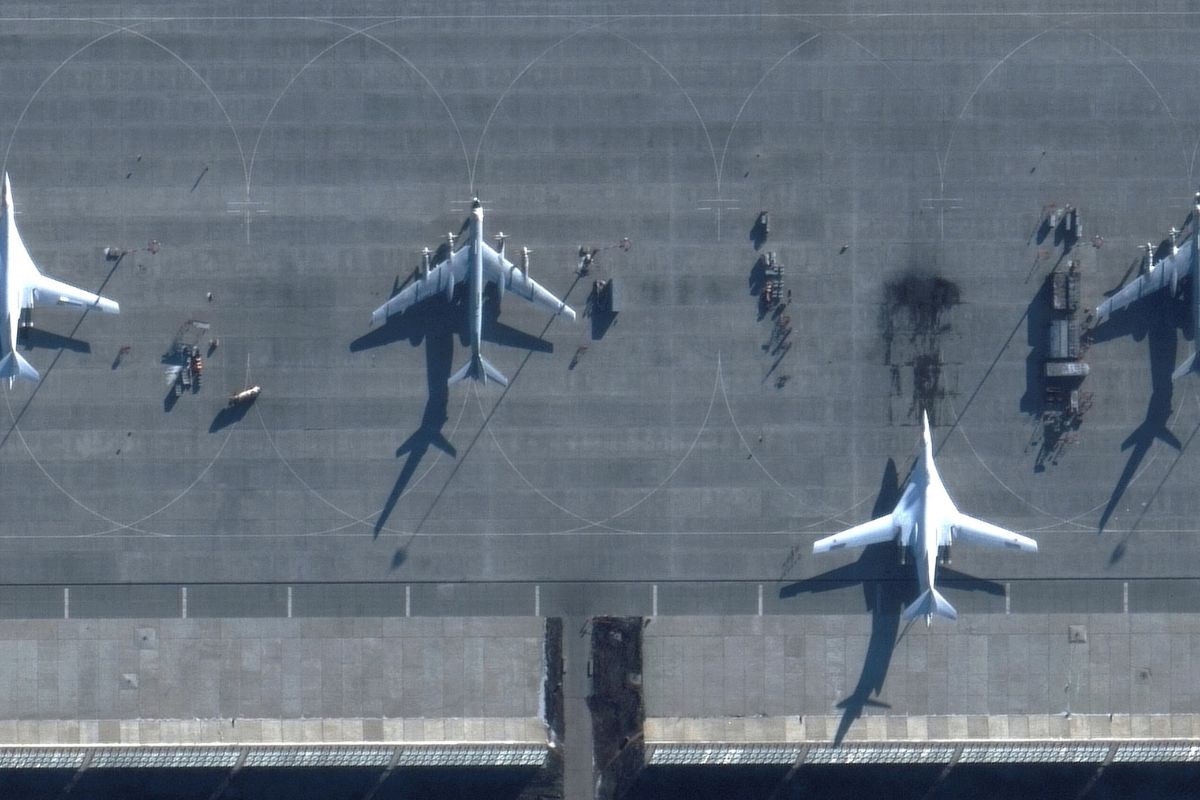The ongoing conflict between Russia and War in Ukraine has witnessed a significant shift in warfare tactics, with drones playing a pivotal role. Among the key players in this technological arms race is Russia’s drone production facility. In this article, we explore the impact of this plant on the war in Ukraine and its potential implications.
The Russian Drone Plant: A Brief Overview
- Location and Significance:
- The Russian drone plant is located in Tatarstan, a republic within Russia. Tatarstan has a rich industrial history and is home to various manufacturing facilities.
- This particular plant specializes in the production of Shahed drones, which have been used extensively in military operations.
- Shahed Drones:
- The Shahed drone series is known for its versatility and adaptability. These unmanned aerial vehicles (UAVs) can serve multiple purposes, including reconnaissance, surveillance, and combat.
- They are equipped with advanced sensors, cameras, and communication systems, making them valuable assets on the battlefield.

Impact on the War in Ukraine
- Strategic Targeting:
- Ukrainian intelligence services have identified the Tatarstan facility as a critical target. By disrupting drone production, they aim to weaken Russia’s capabilities in the conflict.
- Drone strikes on this plant have disrupted supply chains and production lines, affecting Russia’s ability to deploy UAVs effectively.
- Battlefield Intelligence:
- The Shahed drones produced at this plant provide Russia with crucial intelligence. They gather real-time data on Ukrainian troop movements, supply routes, and defensive positions.
- This information allows Russian forces to adjust their strategies and respond swiftly to Ukrainian actions.
- Countermeasures and Adaptation:
- As Ukraine continues to target the drone plant, Russia has had to adapt. They are investing in improved anti-drone systems and diversifying their production facilities.
- The conflict has accelerated research and development in drone technology, leading to innovations on both sides.
Potential Implications
- Escalation and Escalation Control:
- The destruction of the Tatarstan plant could escalate tensions further. Russia may retaliate by targeting critical Ukrainian infrastructure.
- International efforts to prevent further escalation are crucial.
- Global Drone Proliferation:
- The war in Ukraine serves as a testing ground for drone technology. Lessons learned here will shape global norms and regulations regarding drone use.
- The proliferation of drones raises ethical questions about their impact on civilian safety and privacy.
The more we know about War in Ukraine
- Ukrainian Drone Innovations:
- Diverse Fleet: Ukraine has built and acquired a diverse fleet of remotely piloted aircraft, ranging from small drones that fit in the palm of a hand to larger ones weighing over 1,000 pounds (454 kilograms).
- Levelling the Playing Field: Despite Russia’s superior air power, Ukraine’s defences, bolstered by Western systems, have managed to repel and deter Russian aircraft. As a result, both sides have turned to drones to enhance their capabilities.
- Agility and Standoff Weapons: The inability to achieve air superiority has forced both sides to rely more heavily on standoff weapons, including long-range artillery, missiles, and drones
- Evolution of Ukrainian Drone Deployment:
- Early Stages: Initially, Ukraine used larger drones like the Turkish TB2 Bayraktar, which could carry multiple air-to-ground munitions and loiter for extended periods. These drones allowed Ukrainian forces to penetrate Russian air defences and strike heavy targets.
- Adaptation: As Russia gained greater control of the skies, it became easier for them to detect and shoot down larger models like the TB2. Consequently, Ukraine shifted to using smaller drone technology to adapt to Russian advances.
- Game Changers: The more abundant, smaller drones have given Ukraine better battlespace awareness and increased capability to hit targets effectively
- Drone Strikes on Russian Facilities:
- Zaporizhzhia Nuclear Plant: The Zaporizhzhia nuclear plant, Europe’s largest, has been controlled by Russia since March 2022. Both sides have accused each other of shelling the plant, risking a possible nuclear disaster.
- Novolipetsk Metallurgical Plant: Ukrainian intelligence services organized a drone strike on this major Russian metal plant. It’s one of the largest metallurgical plants in Russia
- Tatarstan Facility: Drones struck a facility in Tatarstan where Russia produces Shahed drones, commonly used in assaults on Ukrainian territory
Conclusion of War in Ukraine
The Russian drone plant in Tatarstan is more than just a production facility; it’s a symbol of the evolving nature of warfare. As both sides continue to innovate, the conflict remains dynamic. The outcome will not only affect the region but also influence the future of drone warfare worldwide.
Read more
Ukraine Pays the Price for American Inaction
Ireland, Norway, and Spain have now recognized the Palestinian State

Andrew is a New York-based markets reporter at The Wall Street , covering the latest news from Wall Street, the rise of the spot bitcoin exchange-traded funds and updates on crypto markets. He is a graduate of New York University’s business and economic reporting program and has appeared on CBS News, YahooFinance and Nasdaq TradeTalks. He holds BTC and ETH.







